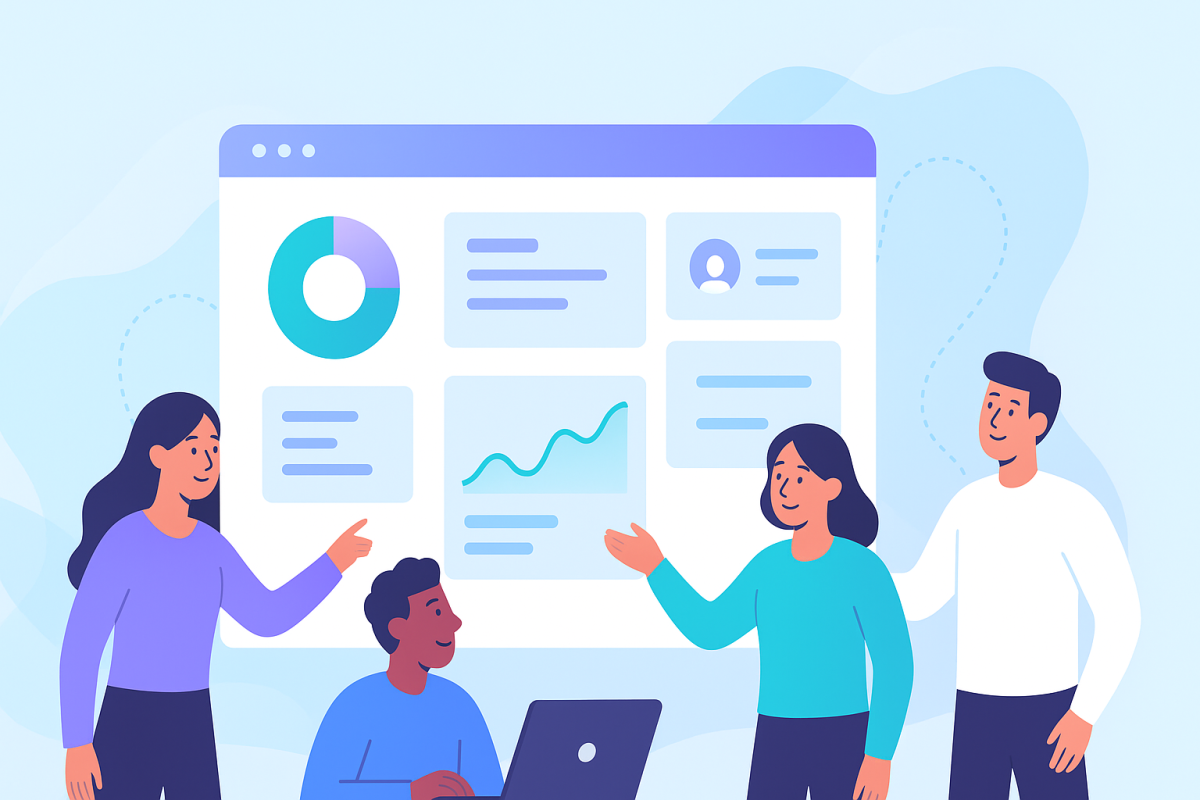
Your SaaS product is your passion project. You’ve invested countless hours building something game-changing, but if users can’t navigate it easily, they’ll churn faster than you can pitch to investors. Great user experience (UX) is the heartbeat of customer retention, satisfaction, and growth in 2025’s competitive SaaS landscape. For startups stretched thin on time and budget, it’s easy to sideline UX—but that’s a costly misstep. Poor UX leads to frustrated users, bad reviews, and lost revenue. The good news? You can dodge these pitfalls with practical strategies.
Here are the top five SaaS UX design mistakes startups make in 2025 and how to avoid them, so your product becomes a user favorite.
It’s tempting to wow users by cramming every feature into your SaaS dashboard, but this often creates a cluttered mess that feels like navigating a maze. Startups in 2025, eager to compete with established players, overload interfaces with widgets and options, thinking more is better.
A cluttered UI overwhelms users, spiking abandonment rates. Recent data from 2025 shows 90% of users won’t return after a frustrating app experience. Complexity also drives up support costs as users struggle to find what they need.
Picture this: a new user signs up for your app, only to face a blank screen with zero guidance. Without a thoughtful onboarding process, users in 2025 expect instant clarity—or they’ll bounce. Startups often skip this step to rush launches, leaving users confused.
Effective onboarding is critical for retention. A 2025 study found that apps with strong onboarding flows see up to 60% higher retention after 30 days. Without it, users miss your product’s value and churn early.
In the rush to scale, startups often assume they know what users want, sidelining real feedback. In 2025, with users expecting personalized experiences, ignoring feedback means missing the mark on what drives engagement.
Unheard users feel ignored and churn. A 2025 report noted that 70% of SaaS customers leave when they feel their needs aren’t addressed. Feedback is your compass for building a product users love.
Unusable designs frustrate users and tank conversions. Recent UX research shows that poor usability can cut engagement by 40%. If your app prioritizes looks over function, users will leave.
Inconsistency screams unprofessionalism and confuses users. A cohesive design builds confidence, while a disjointed one can increase churn by 25%, per 2025 UX studies.